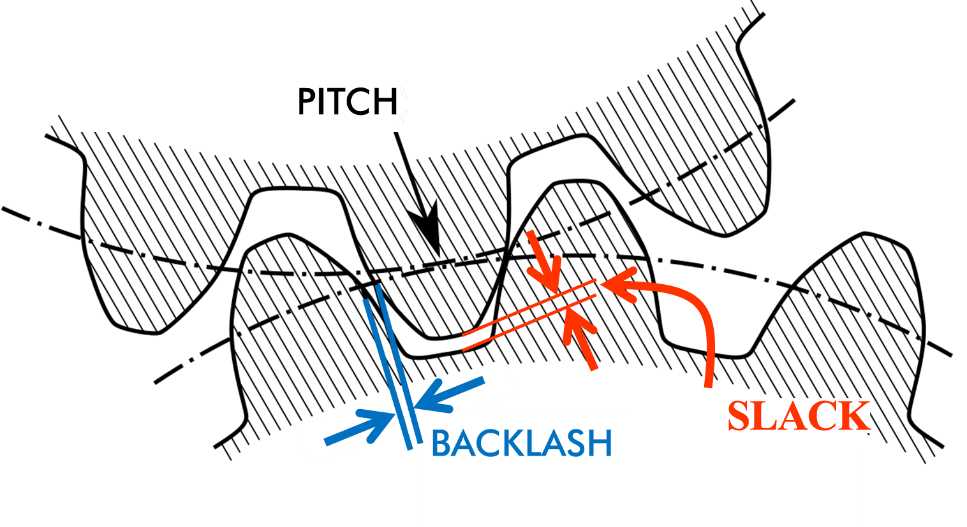The slack of which I speak can only be felt after cultivating coupled power and experiencing a bit of 'noninterference' in meditation. Conceptually, this definition is analogous to the slack of a geartrain. Slack for our purposes is defined as the range between 'softness-weakness' and 'strength-vigor'. This experiential range is subjective, and arises exclusively from interoceptive signals received from the deep core stabilizers. Chinese Martial Arts terminology at the start of this process is Jibengong or 'basic methods' and Shenfa, aka 'torso methods' as practice deepens.
Here's my seven aspects of minding the slack:
- No collapse - not falling down. We really don't have a word for 'No collapse'. 'Standing' as part of standing meditation is a good beginning to capture the feeling of 'No collapse', but I prefer a positive definition for something so basic. In our practice, the word standing takes on additional depth.
- Everyday ordinary movement - This refers to transition from the esoteric sensations to normal everyday experience. This transition results from changes in our sensorium. The meditative practice is based on 'noticing'. Again, not a great word, but as close as possible. This is not mindfulness practice nor is it the 'recognize and realize' of Chan Buddhism. 'Noticing' in this method leads to a very different place. In esoteric terms under 'Yi->Qi->Li', we prefer 'Light yi for mild qi' over 'Heavy yi for wild qi'.
- Monitoring - Slack is the inititial tool for evaluating progress from Stillness and Pearls to Bones.
- Active Structure - Separate bones and meat, in the beginning, means the ability to indirectly contact the bones; also, see mobilizers and stabilizers.
- Passive Muscle - If the bones change first, the meat changes after. This is a continuous process of change.
- One thing - One thing to do that is all inclusive. One change, change is everywhere.
- Easy - When using the slack, complex integrated movement with coupled power is easy, some might say effortless. Effortless is a bit misleading. Effortless takes years to accomplish. Doing one thing is easier than many things.
Many esoteric terms might appear to be synonomous with slack, but lack specificity. Specificity is increased using systems modeling. Our body is a complex system consisting of both open and closed components. The important structural distinction to make is between mobilizers and stabilizers. Our mobilizers are an open system. Stabilizers are a closed system.
The term 'neutral' appears when discussing internal power and is often used as a synonym for the slack concept. I find it helpful to see 'Neutral' as a concept that only applies to open systems as there exist outside references. Neutral only has meaning in reference to something else. As the mobilizer system is responsive to outside input, it is an open system. It follows that 'neutral' only applies to the meat, not the bones.
Slack has meaning independent of any outside references. Also, unlike neutral, slack describes a relationship of dependency between the parts. Optimal efficiency and power transfer with minimal vibration (the bad kind, noisy, not the good kind, coherent and harmonic) is only possible due to slack. Take away the slack and your geartrain ceases to be functional. This relationship applies directly to CIMA. [wip]

